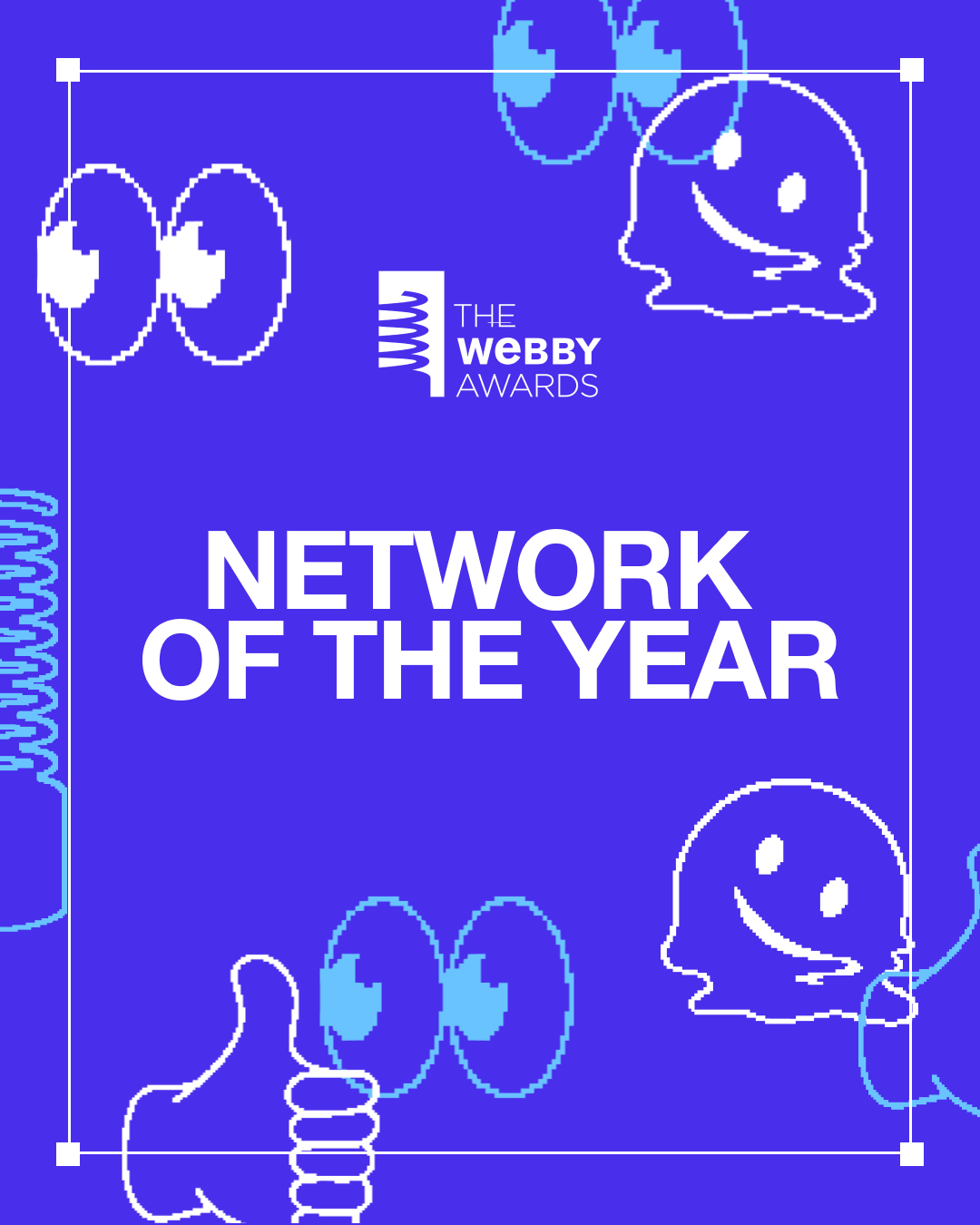Optimising digital experiences with composable architecture

Customer experience (CX) is what separates a positive digital interaction from a negative one. A recent study found that almost three quarters (74%) of consumers are likely to buy based on experience alone, yet 83% of executives face ‘moderate’ to ‘severe’ revenue and market share risks due to poor CX. The gap is wide, but most businesses are rightly standing up and taking action, with around 60% of companies making the delivery of quality customer experiences their top priority within digital transformation plans.
One of the biggest blockers of delivering optimum digital experiences is outdated, inflexible and disconnected technologies and tools. The solution? Composable digital experience platforms (DXPs). These DXPs are your potential solution to effectively managing and optimising digital experiences from a single portal.
We’ve compiled everything you need to know about composable DXPs, including the benefits and some of the key considerations to help you decide if it’s the right solution to help your business maximise digital customer experiences.
Suites vs stacks
What is a composable DXP?
A composable digital experience platform removes the challenge of platform lock-in and takes the centralised approach to the next level. It operates as the backbone of digital content, supported by a series of interchangeable building blocks, as opposed to the tightly coupled, all-in-one structure of traditional DXPs.
These building blocks, made up of APIs and integrations, can be tailored around existing processes and infrastructures, allowing for faster change and differentiation in approach to deliver digital experiences as efficiently and effectively as audiences demand them. Some of the key benefits include:
- Flexibility – composable DXPs remove the issues associated with vendor lock-in, enabling companies to implement new features that may not have been possible to integrate within traditional suite solutions if the vendor did not provide them. Rather, the DXP becomes a control centre for all customer touchpoints, enabling the integration of technologies that will continually optimise the customer experience and minimise the risk of them looking to other providers that offer the features they expect. Composable DXPs also free businesses from having to develop marketing plans within the limits of the suite, facilitating creativity and growth through the ability to experiment, analyse and optimise marketing activity within the platform.
- Customer-centricity – by decoupling implementations and bringing the entire marketing stack together (including content management, marketing automation, ecommerce, personalisation and analytics), within a central platform, it is possible to establish an architecture that is best suited to customers and making it easier for brands to connect with audiences in smarter ways. With integrated analytics and reports, marketers can analyse and adapt to customer behaviour trends and create omni-channel campaigns and experiences from one platform, instead of forcing them into predefined customer journeys.
- Speed – composable architecture allows businesses to take advantage of SaaS speed of innovation, but with the adoption of products that fit your business requirements and ways of working. This enables businesses to deliver value to market faster than what is possible with an all-in-one approach, where a slower pace of implementation can hinder companies from keeping up with fast-moving competitors. A composable DXP allows teams to build digital experiences, reuse content, personalise it at scale, test multiple variants, get detailed insights, and continually optimise CX without learning new processes or being slowed down.
Spotlight on Sitecore
As organisations across the world embrace agility, they need technologies flexible enough to adapt with them. Gartner predicts that “by 2023, organisations that have adopted an intelligent composable approach will outpace the competition by 80% in the speed of new feature implementation.”
Acknowledging this, Sitecore is one of the latest digital experience platform providers to offer a composable DXP solution in addition to its ‘all in one’ DXP; providing further evidence that composable is a compelling offer. Sitecore’s dual strategy allows businesses to choose whether to invest in the full suite offering, or a more agile, ‘best of breed’ solution.
Sitecore has acquired a series of companies to be able to offer this solution, including Boxever, Four51, Moosend and, most recently, Reflektion. These acquisitions equip it with best-of-breed functionality in customer data platforms, B2B commerce, digital marketing and retail analytics. DEPT®’s experts recently shared their thoughts on what this might mean for Sitecore and its clients.
Defining your roadmap
When considering software solutions, and whether a composable DXP is right for your business, it’s imperative to consider your business needs now as well as in the future to ensure that your choice serves your business for years to come.
Before shortlisting options, we recommend defining your business goals. It’s important to not define these purely from a sales or revenue perspective, but also consider customer acquisition and retention, customer satisfaction and loyalty, launching in new markets, and brand awareness. You can then identify the technologies and marketing channels that will get you there, and how each of them needs to deliver.
It’s important to also consider the CX facets that differentiate your company, as well as the business areas that are likely to grow or need to adapt to meet your future goals. Following this, you will be able to map out the functionalities and tools necessary and compare potential solutions against your needs. This internal preparation will put you in the best position to embark on your composable DXP roadmap to choose and implement the right solution for your business.
Seek expert advice
The suite vs stack debate is certainly nothing new, and with supporters on each side of the fence pushing their preferred solution, it can be difficult to choose a side. And while composable DXPs provide more of a middleground, offering the benefits of both archetypal suite and stack solutions, it is yet another option to weigh up.
That’s why it can be helpful to seek the advice of those who have extensive experience in implementing different solutions to help you make your decision. DEPT® takes an agnostic view; with extensive experience in implementing and optimising these technologies, our team recognises that every business is unique, and so their digital solutions should be too.
By thoroughly analysing your requirements, position in the market, future goals and budget, we can recommend the right architectural blocks to deliver the most compelling digital solution for your business. Get in touch with our experts today to find out how we can help you define or accelerate your digital roadmap.
More Insights?
View all InsightsQuestions?
Technology Consultant




